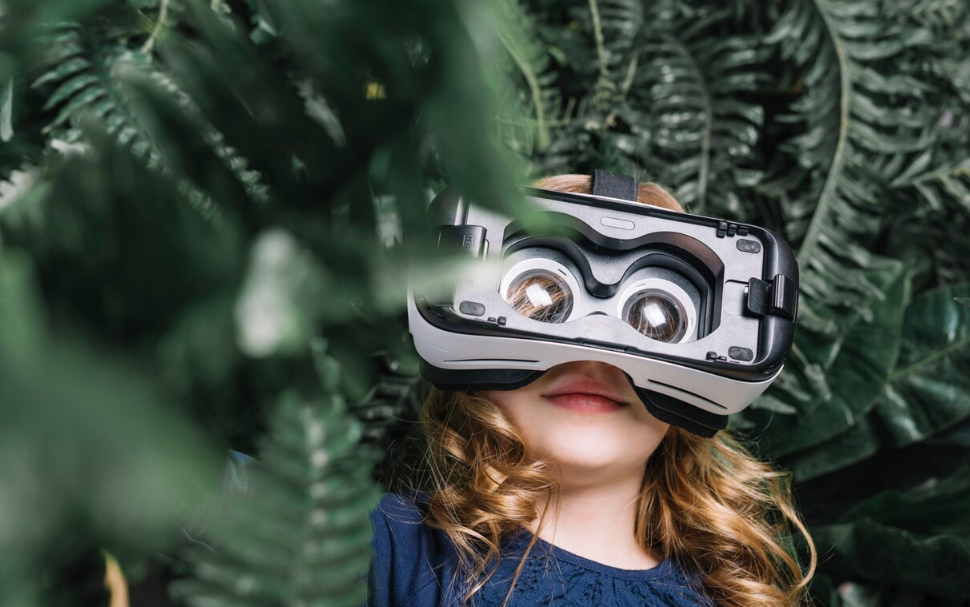In an age where technology adapts to our every move, sound is becoming more personal than ever before. Imagine listening to music that changes as you do—tempo, intensity, and rhythm adjusting not just to your mood, but to your heart rate in real time. This is the frontier of bio-responsive music: soundscapes that evolve with your physiology.
Welcome to the era of music that morphs with your heartbeat.
What Is Bio-Adaptive Music?
Bio-adaptive music is a form of generative or adaptive sound that responds dynamically to biometric inputs, such as heart rate, breathing, skin temperature, or brainwave activity. Unlike playlists that play passively, this music shifts its structure on the fly based on how your body feels.
At the heart of this innovation is a simple yet powerful idea: you are the conductor.
How It Works
The process relies on three core components:
1. Biometric Sensors
These can be:
- Wearables (e.g., smartwatches, fitness bands)
- Chest straps or ECG patches
- Headbands measuring EEG or blood flow
They capture real-time physiological data, especially heart rate variability (HRV), which reflects both physical exertion and emotional state.
2. Data Interpretation Software
This layer translates raw data into meaningful inputs. It detects:
- Stress vs. relaxation
- Sleepiness vs. alertness
- Physical activity level
- Emotional arousal or calm
Some systems even use AI to analyze patterns over time and anticipate mood shifts.
3. Generative Music Engine
This is where the magic happens. The music engine uses algorithms—often powered by machine learning or procedural composition techniques—to adapt:
- Tempo (faster or slower)
- Instrumentation (softer pads or heavier bass)
- Melodic structure (tense harmonies or soothing intervals)
- Dynamics (volume, attack, decay)
The music becomes a living soundtrack, breathing in sync with your body.
Real-World Applications
🎧 Fitness and Sports
- Music that speeds up as your heart rate rises, driving you through a tough sprint.
- Calmer tracks during cool-down phases, helping reduce cortisol levels.
🧘 Mindfulness and Meditation
- Adaptive ambient music that mirrors your breathing and guides you into deeper relaxation.
- Subtle shifts in tonality to signal when your body is tensing or relaxing.
🧠 Mental Health Support
- Personalized sound environments that respond to anxiety spikes or depressive lows.
- Real-time feedback through music to promote self-regulation and emotional awareness.
🎮 Gaming and Virtual Reality
- Heartbeat-sensitive soundtracks that amplify immersion.
- Horror games where the soundtrack feeds on your fear—literally.
Artistic Possibilities
This isn’t just a tool—it’s an art form.
Composers and sound designers are exploring how to build music that never plays the same way twice. By giving listeners partial control via their own biology, artists create intimate, evolving experiences. A track could feel stormy one day and serene the next—because you’re different.
Challenges and Considerations
- Data Accuracy: Not all sensors are equally precise; noisy inputs can break immersion.
- Privacy: Biometric data is deeply personal—secure handling is essential.
- Overstimulation: Constantly shifting music could fatigue the listener if not thoughtfully designed.
- Artistic Integrity: How much control should an algorithm have over a musical composition?
Balancing creativity, ethics, and technology is crucial as this field matures.
The Future of Music is Alive
Music that morphs with your heart rate is more than a novelty—it’s a paradigm shift. It transforms sound into a biological dialogue, where emotion, physiology, and creativity collide. Whether used for performance, therapy, fitness, or personal reflection, this adaptive sonic landscape opens a future where every beat tells your story.
One day, you might not just listen to music—you might feel it evolving with you, one heartbeat at a time.


